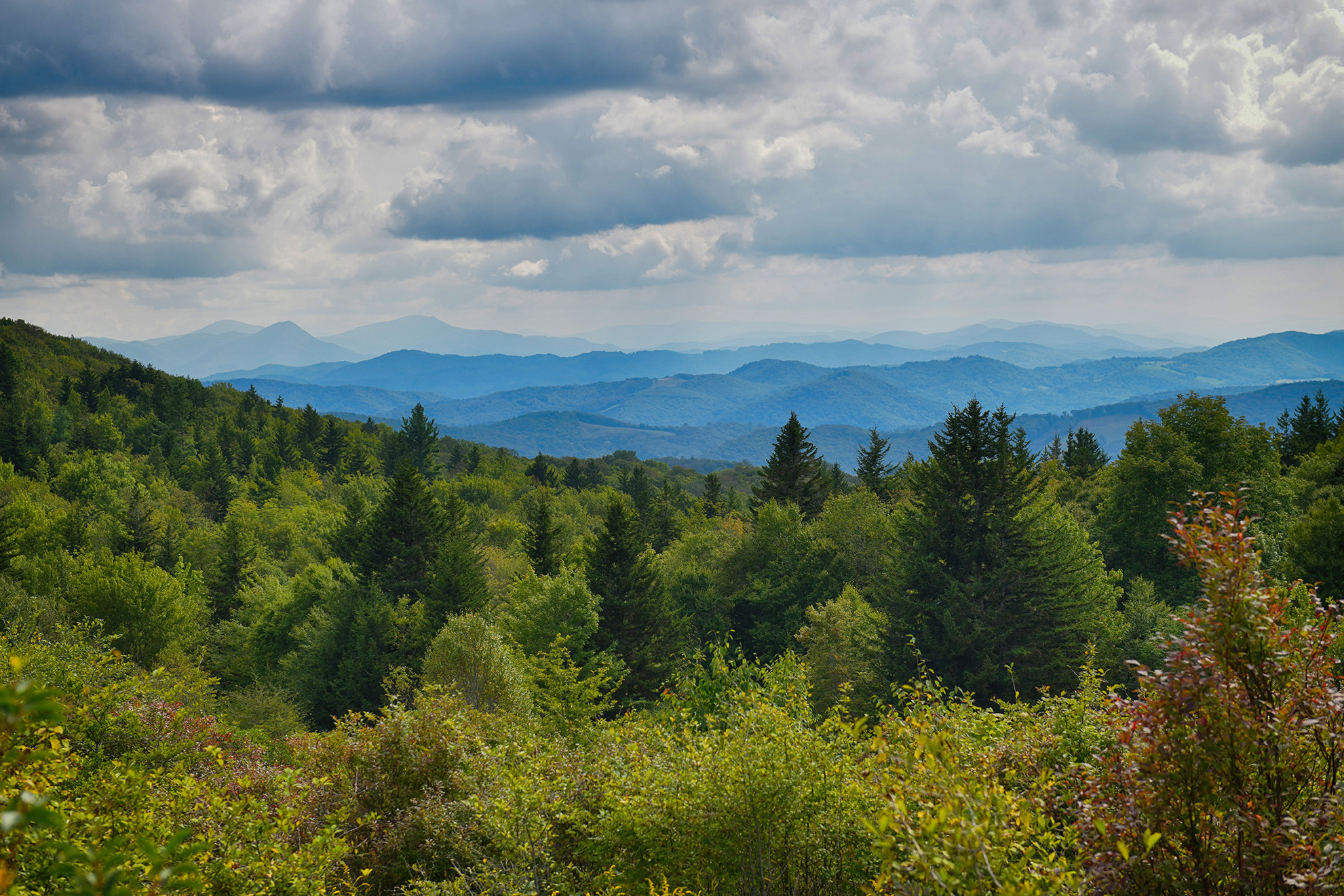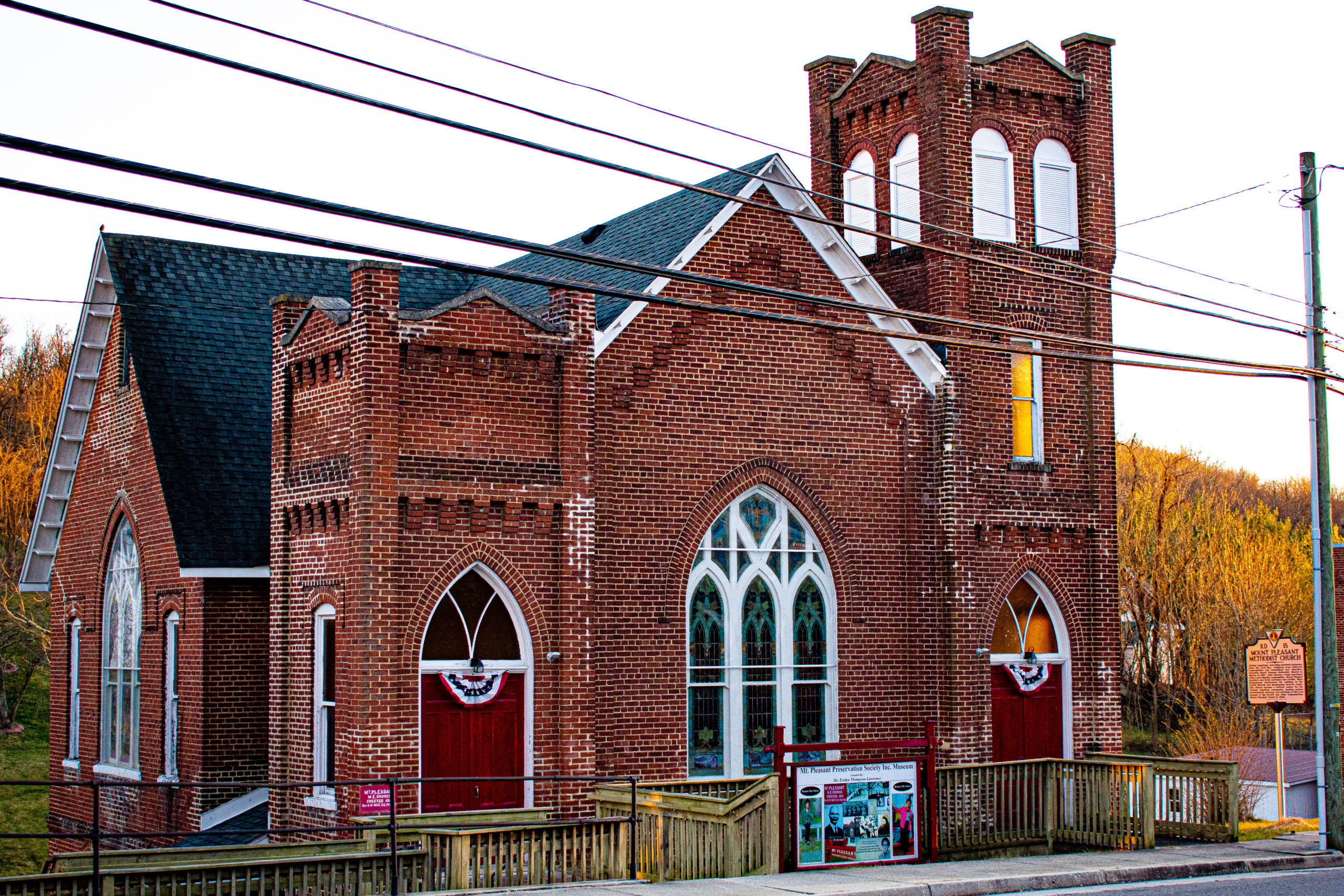
24 Feb African American History in SWVA
A Stroll Through Time
The history in Southwest Virginia is multidimensional. It is not lacking. Virginia perhaps more than any other state is built on the foundations of a rich past. From the Jamestown settlement to Abingdon to the significance of the Cumberland Gap. There is as much history written in the hills around us as we choose to look for. We live in it but often we pass by it. One aspect of the history in Southwest Virginia that deserves an expanded awareness of is the rich African American history.
The acclaimed movie “Hidden Figures” brought intense attention to the topic when it was released in 2016. The film is based on true events and people that led to John Glenn being launched into orbit. One cornerstone of the mission was the mathematician Katherine Johnson. Her ability to master complex manual calculations was essential in NASA’s efforts in launching manned space flights. She was noted by the agency as one of the first African American women to work as a scientist for NASA. She won the Presidential Medal of Freedom and the Congressional Gold Medal for her accomplishments.
She is a national hero and was crucial in the development of NASA as we know it today. She is an excellent role model for us all but made more than one large leap in her accomplishments of overcoming obstacles and tearing down barriers in STEM fields.
Katherine Johnson was a teacher in Marion. For some time she taught classes at the Carnegie School. Right here in Marion lived and worked one of the most important mathematicians of her time.
The town recently set out to bring attention to this and to other key components of the rich African American history alive within it. Marion erected three new historical markers to tell these stories of significance and perseverance. These recent endeavors provide a good launching pad to note manyof the other resources dedicated to African American history scattered throughout the region.
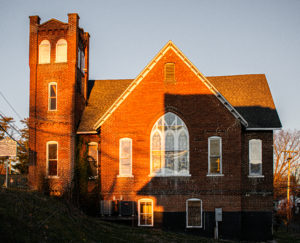
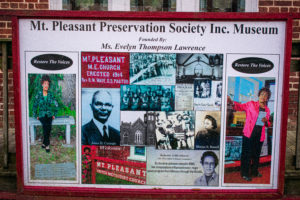
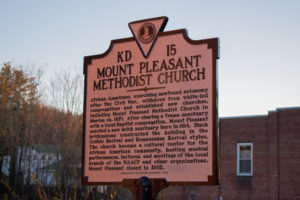
One of the subjects of the historical markers you’re likely to have seen if you’ve ever passed through Marion is the Mount Pleasant Methodist Church. Shortly after the Civil War, in the grace of newfound freedom, the African American community left white-led congregations and established new churches, one of these being the Mount Pleasant church. The gorgeous brick building you see on Main Street today was built in 1914. It served as both a church and an important cultural center. It brought to town the man that would later lead to the construction of the Carnegie School.
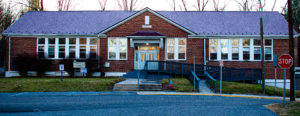
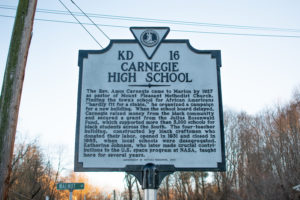
Amos Carnegie came to be reverend of the Mount Pleasant Church by 1927. Upon seeing the school for African Americans he deemed it “hardly fit for a stable” and set out to raise money for an improved schoolhouse. The school board delayed his request and forced him to take matters into his own hands. Turning to the strength and resolve of the community along with the assistance of the Julius Rosenwald Fund, enough money was raised to build the school. The Carnegie High School opened in 1931. It stayed open for 34 years until schools were desegregated.
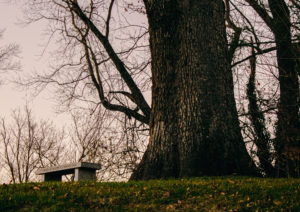
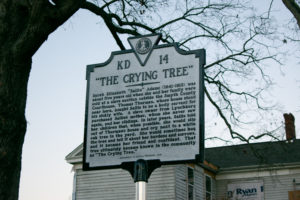
The last marker in Marion tells a sadder story. One that illustrates the pain and suffering that many had to endure for so many years. The cruelty some might think easier to forget but is important to remember. The Crying Tree sits just off of Main Street. The community gave it that name after seeing its significance to Sarah Elizabeth “Sallie” Adams. Sallie was separated from her mother and sold at the Smyth County Courthouse to Thomas Thurman to be a body servant to his sickly wife. A large white oak tree that set outside the Thurman house became Sallie’s friend. When she could, she would slip away and cry under it. Telling the tree her troubles and sadness and at times hugging it. The tree towers still over the ground it occupies as a weeping reminder.
The Virginia Historical Marker program is considered to be one of the oldest in the country. They’re erected to remind us of stories past. To educate and inform the community about the history written on the bricks around us. History that we might never know otherwise. There are many more markers spread throughout the region and a multitude of resources dedicated to similar causes. Below is a list of other places you can learn about African American History in Southwest Virginia.
Historic Christiansburg – Historic Christiansburg is ripe with places to visit but it is also home to the Christiansburg Industrial Institute. The Christiansburg institute was established after the civil war with the purpose of educating freed slaves. In 1896, the revered Booker T. Washington became an advisor to the Institute and oversaw its growth and expansion. It served an important center of education until schools were desegregated in 1966.
Appalachian African-American Cultural Center – The Appalachian African-American Cultural Center is in Pennington Gap. It calls home to what used to be the only African American primary school that served the community. They make it their mission to preserve the rich African American history of Southwest Virginia. They host several events and house a library of African American literature. If any of this has piqued your interest, the Appalachian African-American Cultural Center is the perfect place to stop by.
Southwest Virginia Museum – The Southwest Virginia Museum hosts a fascinating exhibit on some of the earliest African American schools in Southwest Virginia.
Montcalm – It was not until pouring through some of the available history that I came across the significance of Montcalm. I had never heard of it before but it is a truly remarkable story. I cannot encourage you enough to consult the information available online regarding the subject. In recovered letters a fascinating story is told about the lives of those living at Montcalm Hill in Abingdon. It illustrates an unconventional relationship between a family of slaves and the Campbell family that owned them.
Wytheville Training School Cultural Center – The Wytheville Training School Cultural Center preserves the grounds and history of the Wytheville Training School. It was once one of the largest educational and cultural centers in the Wytheville area, serving African American students from three other counties.
Pompey Calloway House – Located in Montgomery County, the Pompey Calloway house is an impressive house that made its way onto the National Register of Historical Places. It is one of the most substantial houses built for an African American owner in its time.
Pulaski County Courthouse – The courthouse houses a display of the local African American history created by Mrs. Lucy Harmon.
The St. Luke and Odd Fellows Hall – The surviving building of a once prosperous African American community in Blacksburg, New Town. It has recently been restored, opened its doors and houses African American history from the Civil War to the Civil Rights era.
Warren Street – Warren Street hosts an annual festival to celebrate African American history in Franklin County. Each year it brings fresh life and intoxicating energy to the streets of Rocky Mount with live music, prominent speakers, and fresh food.
These all are just a launching pad for diving into the African American history in Southwest Virginia. There are many more places to visit than the ones mentioned above but each place is rich in what it can teach you.


